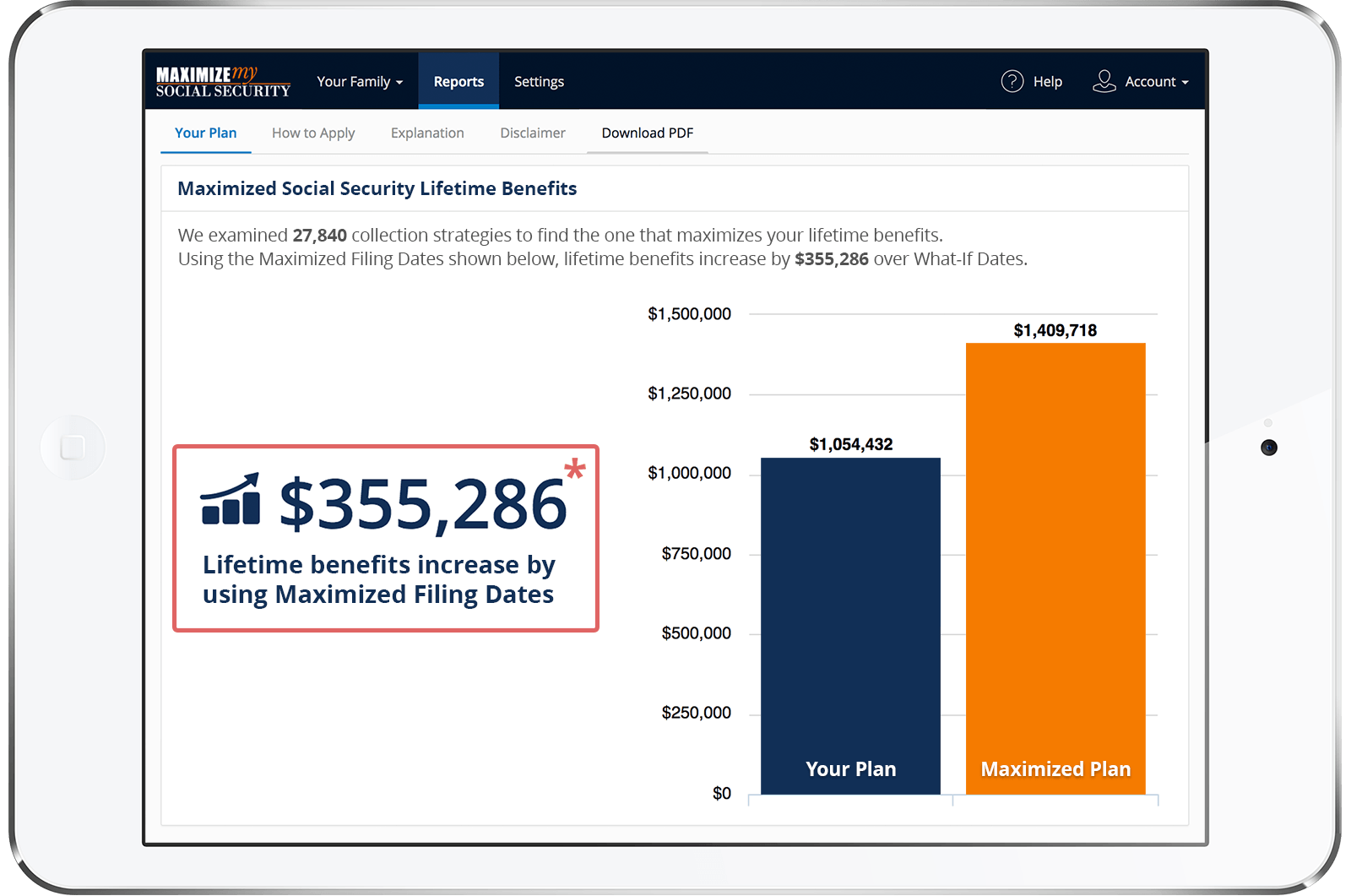I've enjoyed your second version of Get What's Yours but I am confused with one issue. My understanding is that if a widow benefit exceeds the widow's age 70 retirement benefit, it will generally be best to take your retirement benefit as early as 62 and your widow benefit at full retirement age (or earlier). However, in Chapter 16, Gotcha #2 indicates that once you file for your retirement benefit, you can never take an auxiliary benefit by itself. Is this inconsistent, at least with respect to widow benefits, or am I missing something?
Thank you.
Hi. What the book says is correct, and you're correct that it's generally best for a person eligible for both retirement and survivor benefits to take the lower benefit first and file for the higher benefit when it reaches it's maximum rate.
What you apparently don't understand is that when you file for a higher survivor benefit after having filed for your own Social Security retirement benefits, you don't switch from drawing your own benefits to drawing just a survivor benefit only. Instead, Social Security continues to to pay you your own benefit rate plus a partial, or excess, survivor rate that brings your total payment amount up to the higher survivor rate.
For example, let's say Amy files for her retirement benefits at age 62 with a reduced rate of $800. Amy is a widow, and her husband died at a young age without having collected his Social Security benefits. Amy's husband's primary insurance amount (PIA) is $2000, and when Amy reaches her full retirement age (FRA) for widow's benefits she applies for those benefits. Social Security would then continue to pay Amy her reduced retirement benefit of $800, plus a partial widow's benefit equal to the difference between her reduced retirement rate and her husband's PIA. In Amy's case, that amounts to $1200 (i.e. $2000 - $800). Thus, Amy's combined benefit rate would then be equal to her husband's full PIA (i.e. $800 + $1200 = $2000).
Best, Jerry
